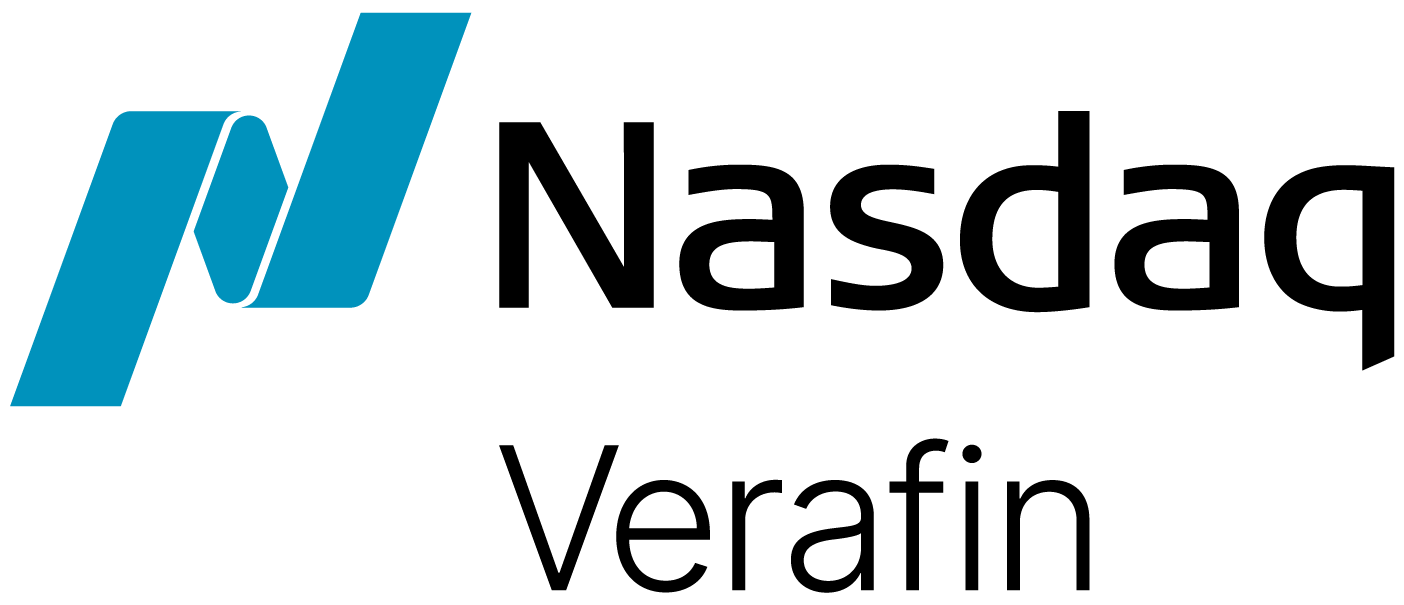The United States is the largest economy in the world, making it a preferred target for money laundering. In the 2024 National Money Laundering Risk Assessment (NMLRA), the Department of the Treasury highlights the numerous risks shaping the financial landscape, with the aim of helping the financial system prepare for these threats and respond more effectively.
The Biggest Threat
“Fraud remains the largest and most significant proceed-generating crime for which funds are laundered in or through the United States.”
– Department of the Treasury
Fraud is the main driver of money laundering and the biggest threat to financial institutions in protecting the integrity of the financial system. Drug trafficking, cybercrime, human trafficking, human smuggling, and corruption are also identified as significant sources of money laundering.
Some of the top concerns identified include:
- Elder financial exploitation (EFE), a growing money laundering threat that employs traditional money laundering techniques such as wire transfers, the use of fake Personally Identifiable Information (PII) and money mules.
- Business Email Compromise, a top money laundering threat in the U.S., as more entities are impersonated in greater detail and new tactics such as diverting payroll funds, targeting real estate payments, and gift cards are used to launder funds.
- Human trafficking and human smuggling that generates immense profits for criminal networks. Human trafficking is recognized by the NMLRA as one of the most “profitable crimes and predicate offences for money laundering”. Criminals move their illicit proceeds through the financial system, using wire transfers and money mules, and increasingly, virtual assets.
A recent report from Nasdaq, the 2024 Global Financial Crime Report, examines the scope and impact of financial crime and reinforces that fraud is a major threat to the financial system. In 2023, fraud scams and bank fraud schemes totaled $485.6B in projected losses globally. The report shows over 15% of consumer fraud losses in 2023 were linked to Business Email Compromise equating to $6.7 billion, while $77 billion in global fraud was linked to elder fraud. The report also reinforces the global impact of human trafficking, which generated over $346.7 billion in illicit proceeds worldwide.
 Check Fraud
Check Fraud
The 2024 NMLRA report placed a special focus on check fraud within the U.S., highlighting the enduring threat it poses to financial institutions. While the numbers of payments and their values are declining, checks remain a major monetary instrument in the U.S. Fraudsters utilize check washing, check kiting, and fraudulent checks to fuel the boom in check fraud. The problem is creating a burden on the U.S. financial system – SARs associated with check fraud are increasing rapidly with a 94 percent increase from 2021 to 2022.
Nasdaq’s 2024 Global Financial Crime report shows $27 billion in global losses to check fraud, $21 billion of that amount took place in the Americas, primarily in the U.S. where check fraud ranks as the second most common fraud. Nearly 80% of total global check fraud losses occurred in the Americas in 2023.
Vulnerabilities
Money laundering threats within the financial system are a blend of older, tried, and true schemes, along with evolving approaches that create vulnerability. The NMLRA, considers a vulnerability as “something that facilitates or creates the opportunity to launder money”.
The financial system is changing rapidly, having to adapt quickly to digital technologies resulting from the global pandemic, as well as respond to geopolitical threats and advances in technology. What this means is an evolved landscape for money laundering.
As criminals become more organized and crime becomes more global, the NLMRA notes that it’s imperative that financial institutions “constantly track and address evolving money laundering trends and methodologies” to remain a step ahead.
Consumer demand for easier and faster access has reshaped financial institution offerings, leading to innovation and more services such as faster payment products and mobile and digital technologies. The flip side to the convenience is that institutions expose themselves to more risk as criminals are quick to adapt to new technologies to conduct illicit operations.
Keeping Pace
Criminal efforts resulted in over $3.1 trillion in illicit funds that flowed through the global financial system in 2023. As financial crimes grow more sophisticated and regulatory requirements continue to evolve, it becomes more challenging to stay ahead of money laundering risks from criminal organizations engaging in illicit activities.

“In the aftermath of the COVID-19 pandemic, and, other recent geopolitical, technological, and financial developments, the broader illicit finance ecosystem in which these crimes occur has substantially evolved.”
– Department of the Treasury
Combating fraud and money laundering requires significant time and resources for financial institutions, especially while working to remain compliant with regulatory obligations. Increasing operational costs, reliance on siloed approaches and inefficiencies in legacy systems has meant that anti-financial crime programs’ efforts are overburdened and struggling to keep pace with evolving threats.
By embracing innovative technologies such as artificial intelligence (AI) and technology innovation, working collaboratively, and exploring information sharing, institutions can become more efficient and effective at financial crime prevention.



